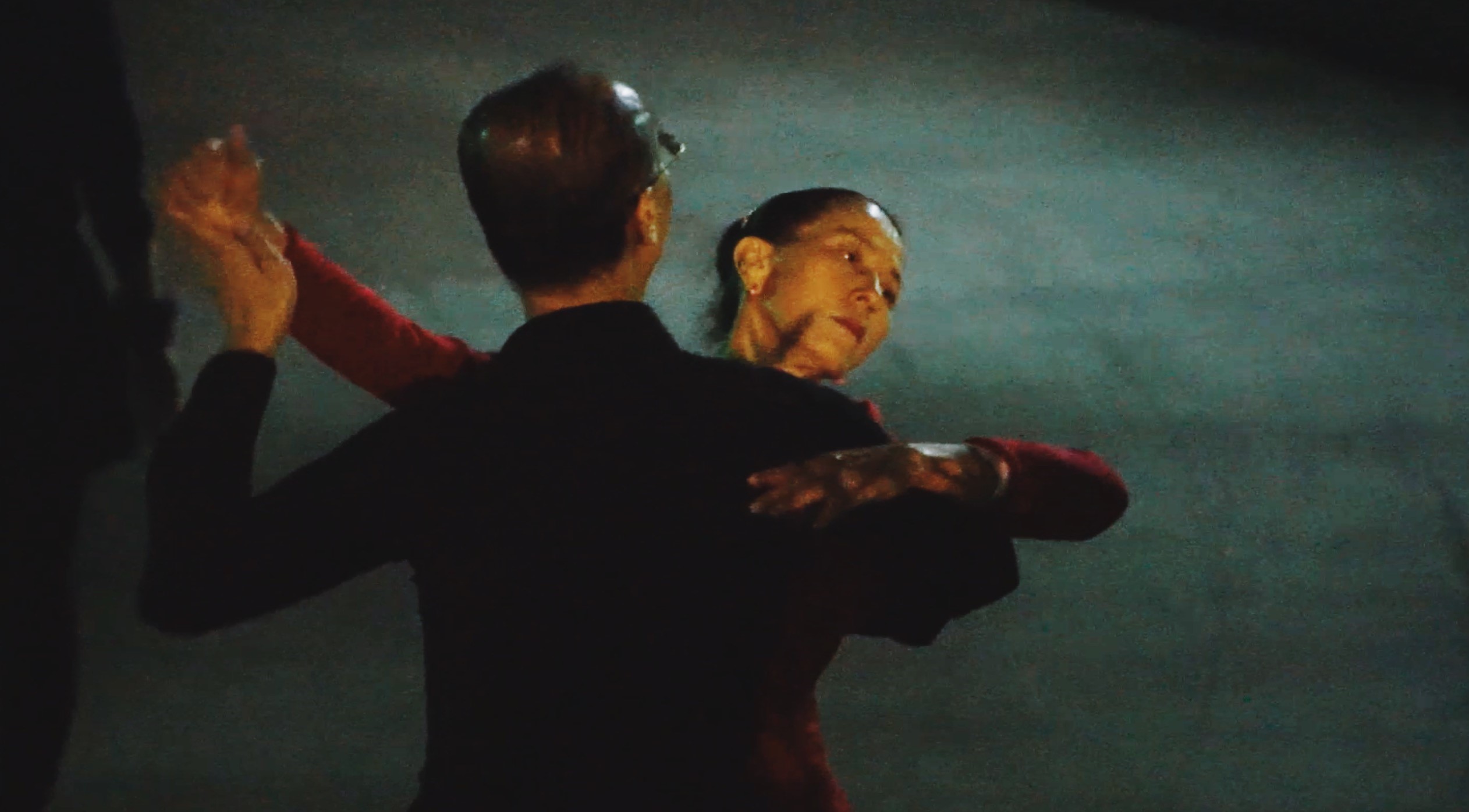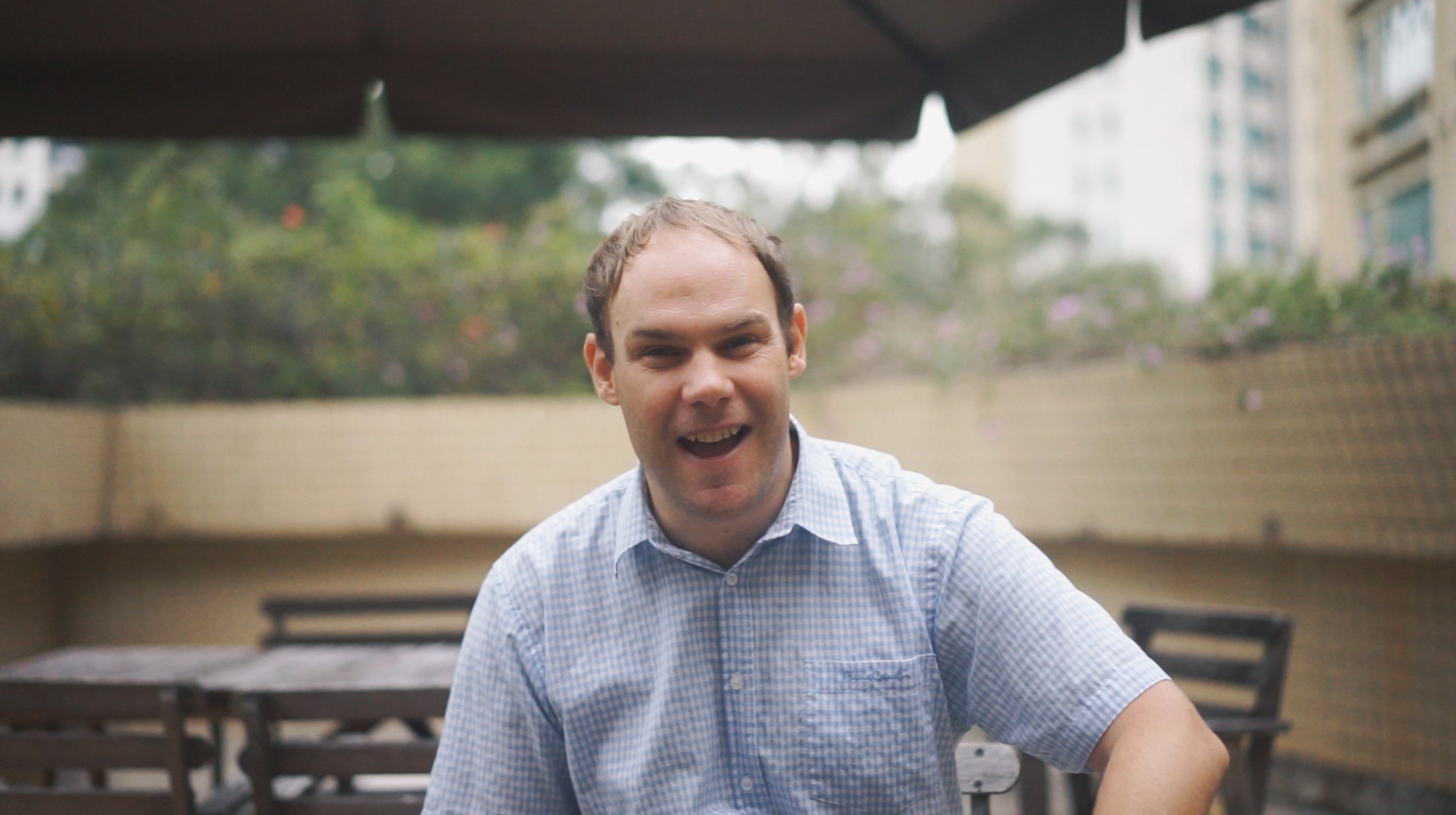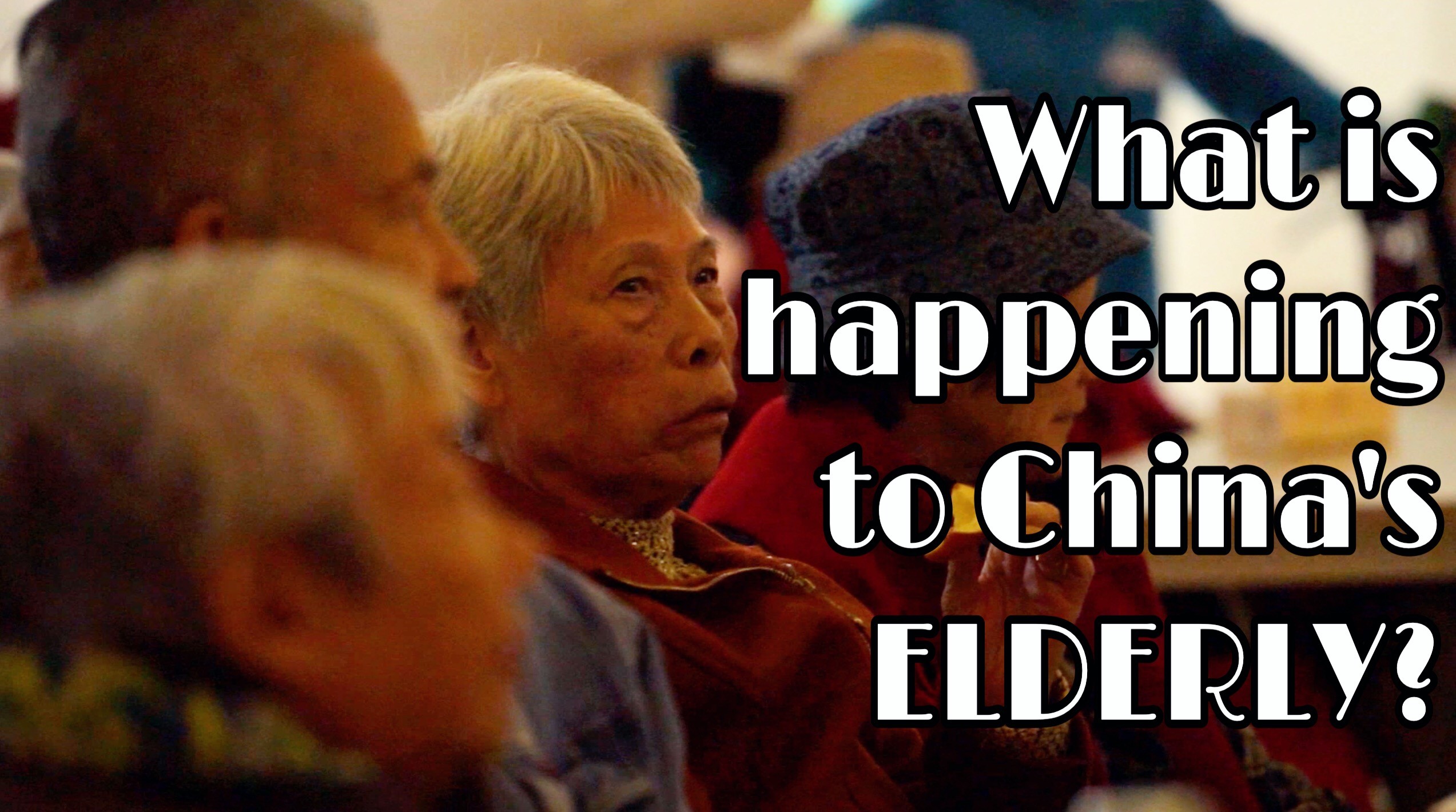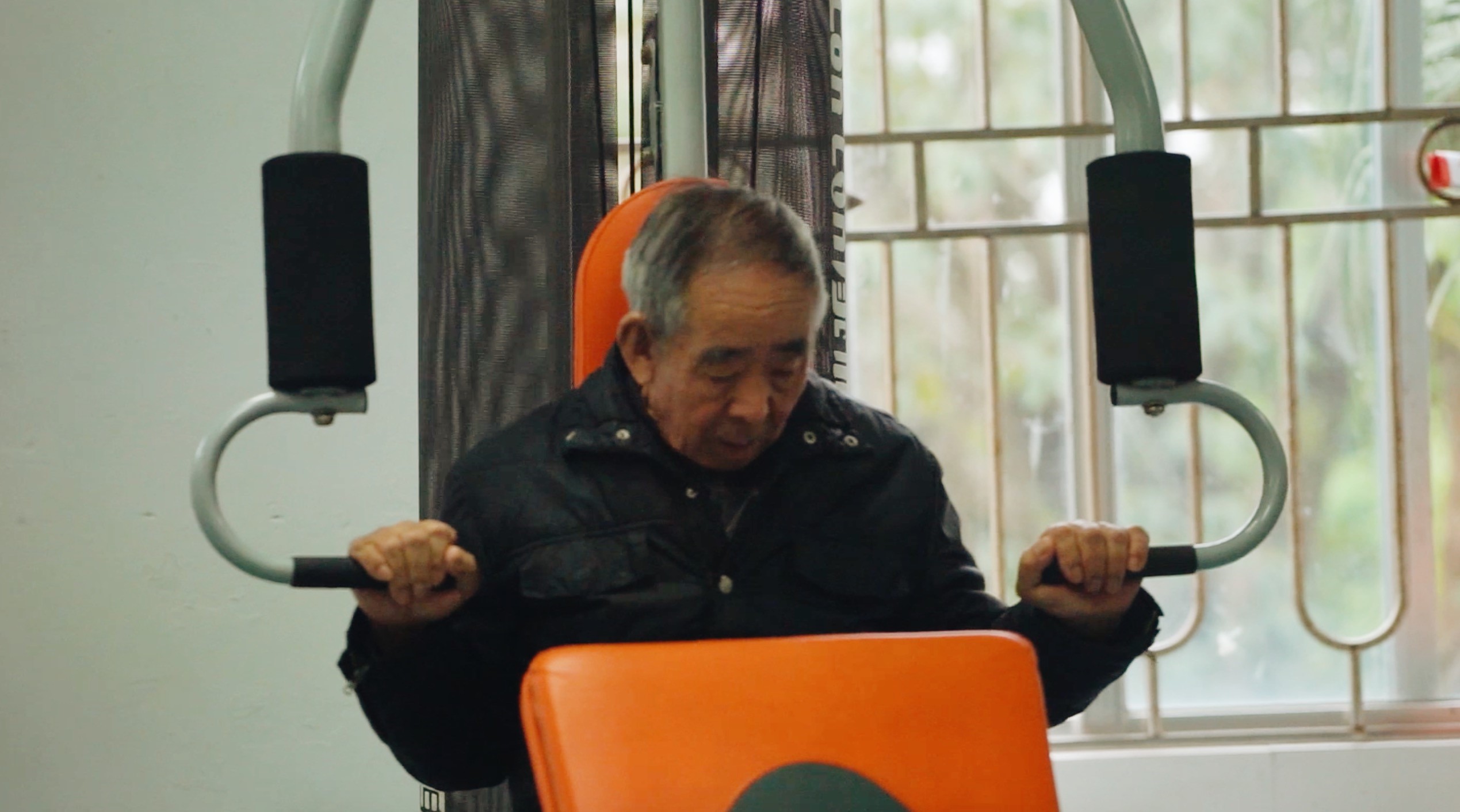During the labours’ day holiday, or so-called study leave, five SCIE students from G1 and G2, who are passionate about geography, met in Shanghai and explored our fantastic planet that we live on, in a carnival of geography called International Geography Bee.
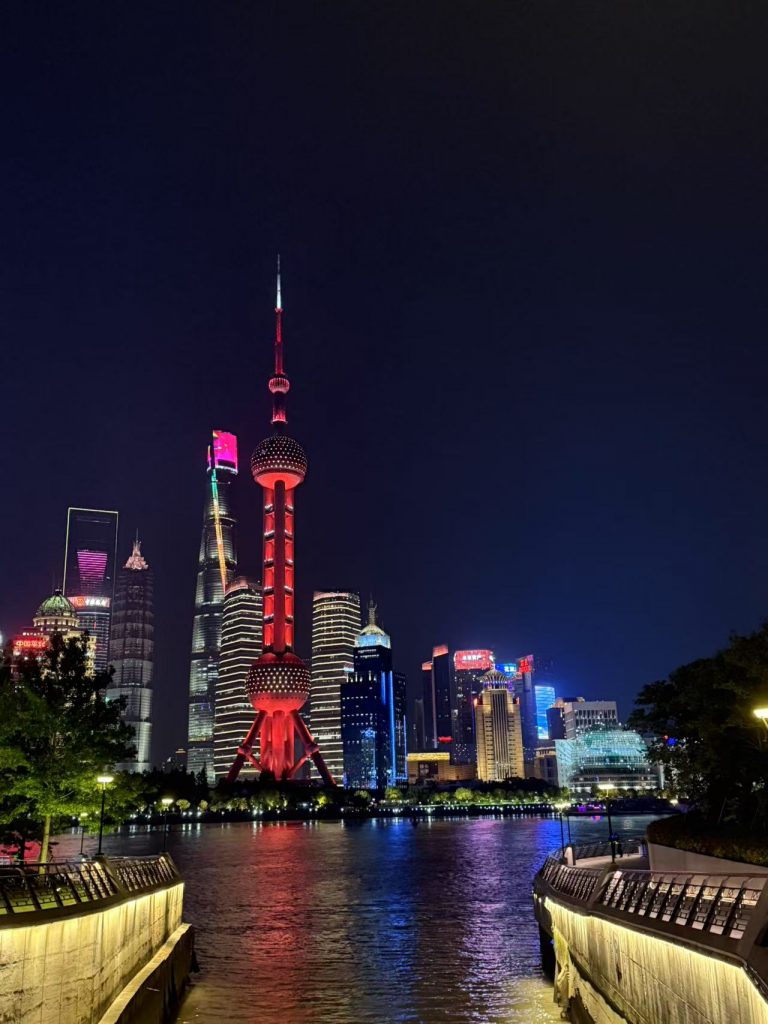

Quiz Bee
For someone who had never participated in a quiz bowl competition before, this event was undoubtedly a novel experience. When I first learned about the competition format, I even imagined it would be like Jiangsu TV’s quiz show If You Are the One, where losers would plummet through trapdoors on stage to face public ridicule. Although we had practiced with buzzers before the competition, I always pressed too slowly, allowing classmates to snatch opportunities and costing me points I should have earned. This left a bitter taste in my mouth. Before the contest, my mind swirled with anxious thoughts: “What if I miss every question? What if I get eliminated?”
With a sharp “beep—” from the buzzer system, the competition began. The host calmly read the questions, but the content felt alien, packed with unfamiliar place names and historical figures: “Lake Ghaggar-Hakra is located in a country whose capital is Yamoussoukro…”
What kind of places are these? Do they even exist? Yet contestants kept buzzing in instantly, confidently answering “Ivory Coast!” to which the host nodded: “Correct.”
Are these people geniuses? How do they know such obscure facts? Cold sweat trickled down my back.
Fortunately, such ultra-niche questions were limited. The quiz followed a pattern of descending difficulty—each multi-clue question progressed from obscure hints to obvious ones. For instance, an opening clue might state, “Bukit Timah Hill is this nation’s highest peak,” while the final reveal would specify, “This country borders the southern end of the Strait of Malacca, with Changi Airport as its main hub.” Leveraging this structural design, I managed to “fish out” enough correct answers from the later, easier clues to secure my advancement—a survival strategy that felt more like luck than skill.
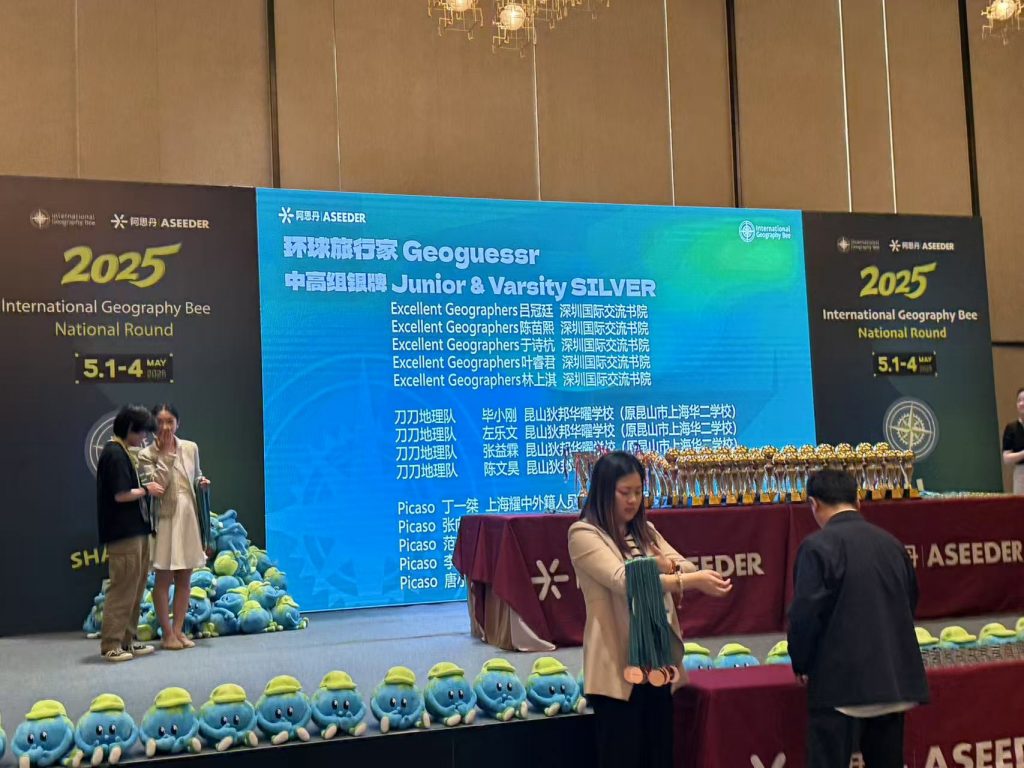

World GeoFair
As fingertips glide over the convex arcs of the globe, Cuba transforms from an abstract coordinate at 23°N latitude into a wrinkle in spacetime, a poetic verse etched by civilization. At IGB’s Geo Fair, our group used Cuba as our vessel, polishing every weathered mark on ancient city walls into prisms that reveal this radiant Caribbean jewel.
During exhibition board creation, Ashley proposed an ingenious concept: weaving Cuba’s narrative through three distinct threads – economy, history, and urbanism – using pushpins and twine. Brilliant.
Fingertips tracing twine routes across our board, visitors navigated Havana’s cigar-scented plazas and missile silos’ concrete shadows. Each pinned photo became a time portal – colonial stones warm under Caribbean sun, revolutionaries’ bootprints fresh in Sierra Maestra mud. Here, in our papier-mâché global village, longitude lines transformed into storytelling threads. For true exploration needs no passport – just a heart resonating with distant drums. To measure worlds, we don’t stride across continents, but stretch our souls to embrace their echoes.
Blitz
On the evening of May 2nd, we participated in a more academic event – the Blitz (Geoscience Blitz Competition). Each participant received 20 pages of earth science materials to study within one hour, followed by a Kahoot quiz showdown. The documents covered hydroelectric power, from traditional dam-based plants to tidal power stations at river estuaries. Fortunately, I had studied energy systems in February geography classes and reinforced this through later lessons on water resource management. Despite the material’s brevity, note-taking while reading nearly prevented me from finishing. The subsequent 30-minute quiz proved manageable, especially with triple exposure to the content to keep knowledge fresh. Our team achieved a top ranking, with me securing third place overall.
GeoTaskForce
Falling in love with geography feels less like a simple attraction and more like a gift from the world itself. Since then, mountains are no longer just mountains—they are anticlines and synclines; the sea is no longer just the sea—it is the Coriolis effect and trade winds shaping swirling ocean currents. The intricate interplay of countless forces forms the Earth we live on and everything that happens upon it. We are always curious about “how it all works,” and the writing competition’s topics were deeply connected to this theme. There were three options:
- The causes and solutions for the gradual disappearance of the Caspian Sea
- The causes and solutions for the sinking of Ho Chi Minh City
- The causes and solutions for desert floods
In the competition, participants had sixty minutes to complete an argumentative essay. The first fifteen minutes allowed the use of electronic devices for research and note-taking, while the remaining forty-five minutes required writing without any digital aids. Among the three topics, which were primarily driven by natural processes, “The Sinking of Ho Chi Minh City”—a phenomenon shaped by the interplay of human activity and geological forces—stood out to me the most. With my topic decided, I began my frantic search for information.
Fifteen minutes may seem long, but when faced with an almost entirely unfamiliar subject, it felt far too short. Finding accurate, comprehensive, and relevant information among countless websites required both luck and skill. Fortunately, in the last few seconds of the countdown, I managed to jot down all the necessary details. Instead of rushing into writing, I spent the first part of the forty-five minutes organizing my notes and structuring my essay and building up a framework. Then, Following the framework, I completed the essay within the time limit. Yet, due to my self-perception of being a weak writer, seeing my name on the awards screen surprised me more than it delighted me.
Back in Shenzhen, reflecting on this experience, I realized the true significance of this Earth Science competition wasn’t about answering the most questions correctly or winning medals. Instead, it was about exploring my own potential, finding role models among the brilliant participants, sharing unforgettable moments with my geography club-mates, and meeting others who share the same passion—reinforcing my own dreams. That, I believe, is what this competition truly gave me.
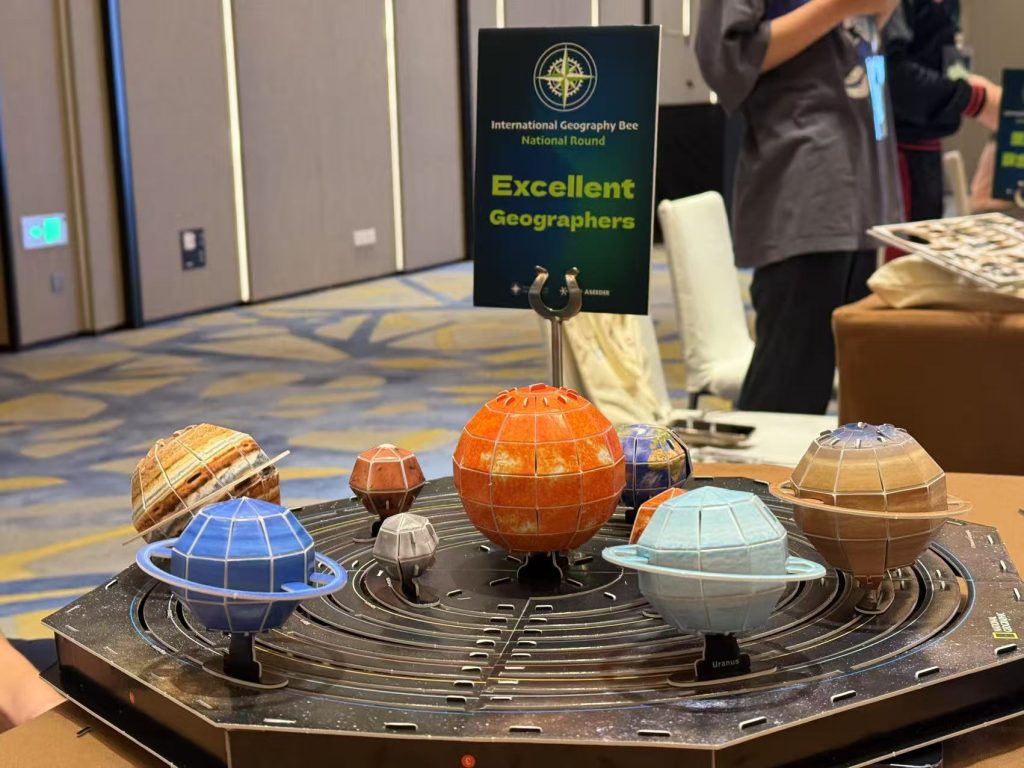

Geoguessr – Uncover the scenic panorama of unpopular cities
This is a classic competition. Participants compete in groups as the organizer displays images on a large screen, and they must determine the location shown. Images serve as the language of geography.
At the start of the event, classic landmark images flashed across the screen, instantly igniting excitement throughout the venue. Team members’ eyes sparkled with enthusiasm—whether they recognized the scenery from personal travels or from familiar geographic symbols in textbooks. Each correct guess was met with cheers rippling through the room, and the dancing numbers on the scoreboard were not only a reward for their knowledge but also a tangible testament to their love for geography.
As the organizer presented increasingly remote locations, the challenge demanded higher levels of geographical observation and critical thinking skills. Our team grew more determined with each setback, viewing every challenge as both a test and an opportunity to learn. Some recognized the scene but not the name, while others knew the name but not the landscape. The”Intermittent gasps of amazement and sighs of regret after each correct answer created a dynamic atmosphere of discovery and reflection. Led by our team leader, we gradually climbed the leaderboard, gaining a deeper understanding of regions, countries, and the world through every discussion.

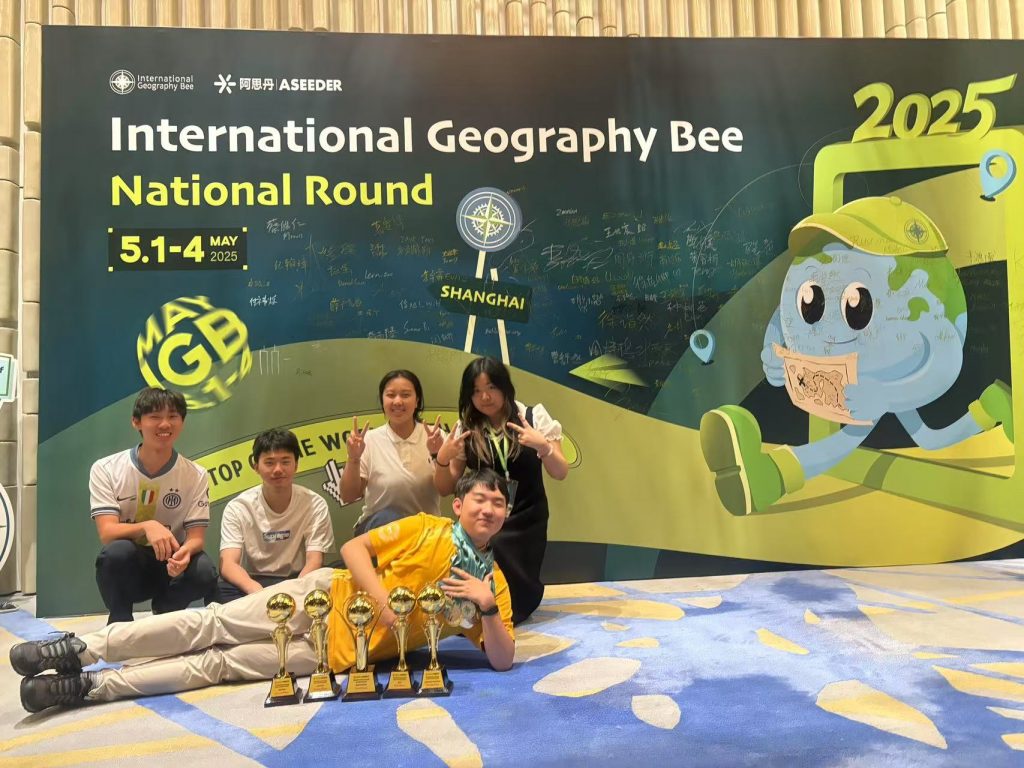
Conclusion
Geography, this discipline both rational and romantic, serves as an intersection where history meets future, and where humanity harmonizes with nature. In the past, I saw mountains and oceans without understanding their origins, witnessed storms and rains without grasping their causes, and trod vast lands without comprehending their stories. Though I still can’t fully articulate these mysteries today, I owe my growing reverence to this profound land beneath my feet that moves me so deeply. Natural landscapes shape our emotional thinking, while culture upholds our accumulated impressions and fantasies. Thus, when I finally stood in the gentle monsoon winds of the Indian Ocean, when I wandered across July’s cool grasslands, when I touched coral atolls formed in ancient volcanic craters millennia ago, when I gazed upon snow-capped mountains I’d only seen in photography magazines… the pulse of the earth resonated with my heartbeat. Did these lands and waters that nurtured countless stories also forge a genuine connection with this distant stranger in some fleeting moment?
From then on, I believe geography uses thought to break all real-world distances, transcends regional prejudices, and builds one’s worldview through observing our planet. Call me sentimental or absurd if you will. But literarily speaking, I worship wandering, transformation, and imagination, refusing to anchor my affections to any single spot on Earth. In the future, I want to witness how mountains rise and river courses shift, to explore why the same planet manifests as oranges in the south and bitter citrus in the north, to understand the origins of towering peaks and fertile fields, to behold Earth’s marvelous vastness and our motherland’s exquisite richness, seeking life’s growth principles within the planet’s ever-changing logic.
Geography is not merely academic knowledge, but reverence and passion for our world. This devotion remains eternal as mountains and seas, flowing endlessly like Murmansk’s ice-free port. When we have mastered the geography in our textbooks and then go out to see the world, our encounter with Earth becomes a reunion of old friends.
- Contributor / Libereco Lin, Mavis Chen, Ashley Yu, Thomas Ye, William Lyu













